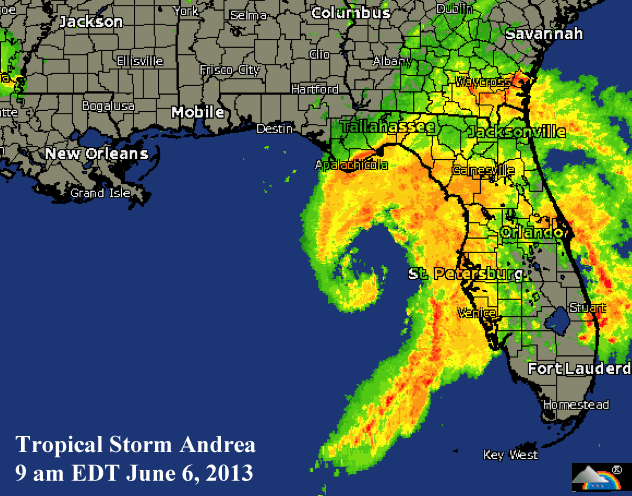
What's peculiar here in Florida is where the rain goes once it hits the ground. Our state is so flat that the water doesn't cascade from rivulets to streams to creeks to rivers as it would in a hillier landscape. Rather, the water tends to flow slowly and spread diffusely over broad wetlands like the everglades- seeping, rather than running, towards the coast. At least that's what it did before Florida was "civilized."
Historic, diffuse pattern of freshwater flow across South Florida. Note that there was no link between Lake Okeechobee and the estuaries on the West and East Coasts of the State. The flow just went overland to the Everglades in the South.
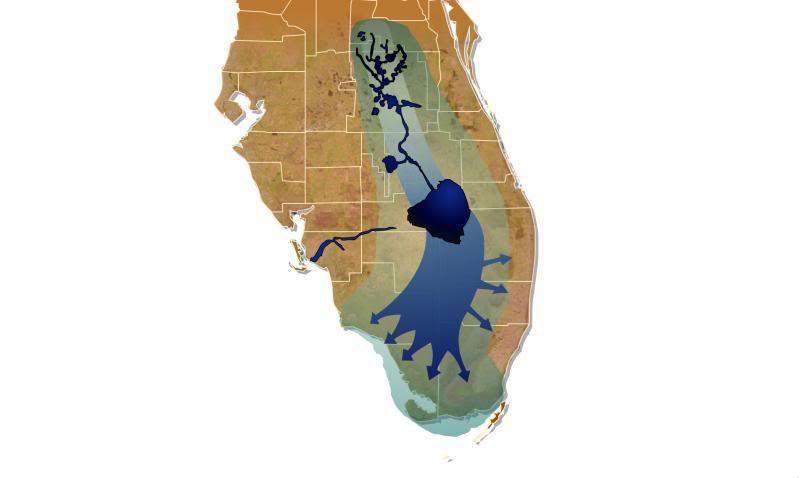
Settlers of European descent found Florida's broad marshes, swamps, and seasonally-flooded lands rather inconvenient to build and farm upon. So the United States' Army Corps of Engineers sliced the land with deep, straight canals, and dammed it with dikes and levees to shunt the diffuse surface flows more directly to major waterways and the ocean. From a development standpoint, their efforts to reengineer Florida's water flow were an enormous success. Huge areas that had been too soggy and too frequently flooded to support towns and farms were now prime real estate, and the population boomed. The intensifying agriculture and development enriched our waterways with nutrients from fertilizer and human and animal waste. While nutrients are good for crops, they're a serious form of water pollution when present in excessive amounts, because they stimulate massive blooms of disgusting algae, which darken the water and putrify in death, sapping the dissolved oxygen that aquatic animals need to survive.
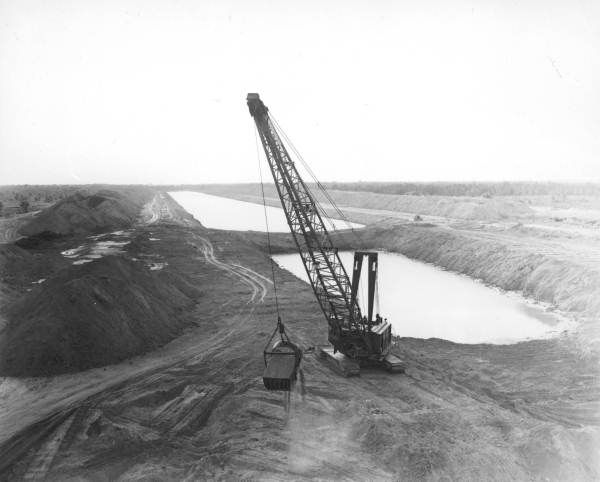
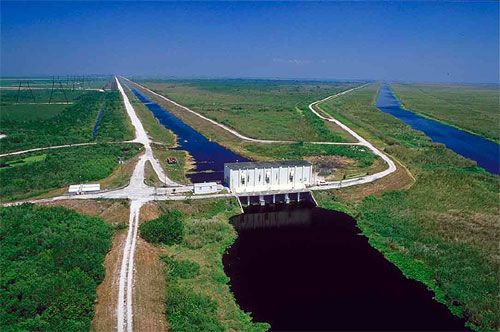
Florida's problem with excessive nutrients is exacerbated by our unnatural water flows. Instead of being filtered out by sponge-like swamps and marshes, the excess nutrients we dump take an express route through filthy canals to the bays and estuaries of the coasts. Giving our rainwater a clear path to the coast has unfortunately given our pollution a clear path to the coast, as well. The coasts are Florida's best feature, in my opinion, and I find it ironic that our efforts to improve the inland parts of Florida are resulting in degradation of the coastal ecosystems, seen as increasing red tides and fish kills, dying reefs, withering seagrass beds, etc.
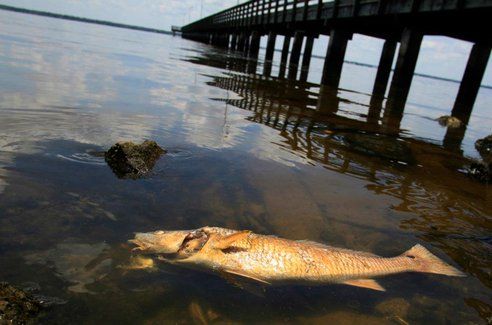
In the Caloosahatchee Estuary, where I study seagrass health, the freshwater flows themselves, as well as the nutrients they carry, have become a form of pollution. It's because freshwater flow into the estuary is now an "all or nothing" event mediated by deliberate opening and closing of locks built along a canal connecting the Caloosahatchee to polluted Lake Okeechobee. In the dry season, the locks are usually closed so that more water can be shunted inland to big agricultural operations. This "starves" the estuary of fresh water and makes it unnaturally salty, to the detriment of organisms in the upper part of the estuary that prefer fresh or lightly brackish water. The opposite thing happens in the wet season- water is purged from Okeechobee to keep it from getting too high, and that water turns the normally salty parts of the Caloosahatchee Estuary so fresh that it kills the salt-loving organisms. We believe that these ups and downs in salinity are a lot more extreme now that when natural wetlands acted as a "slow release filter" for rainwater making its way over land to the river and estuary.
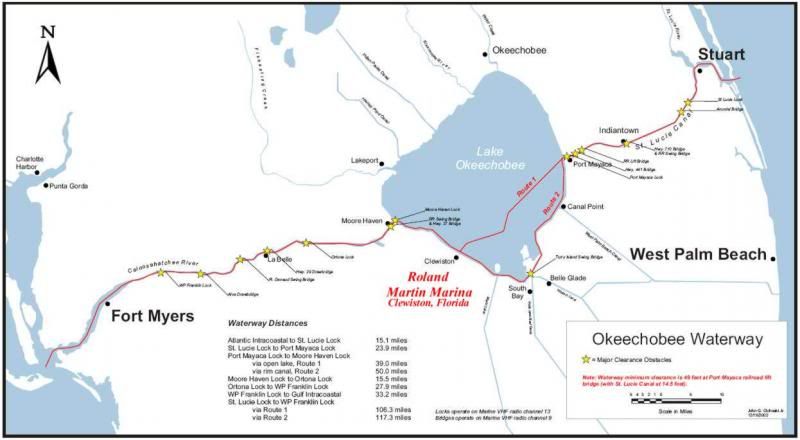
A very similar thing happens on the opposite side of Florida, where the St. Lucie Estuary has also been unnaturally linked by a canal to Lake Okeechobee. In fact, the seagrass research happening in the St. Lucie, funded by the South Florida Water Management District, is more or less identical to the seagrass research I am doing for SFWMD in the Caloosahatchee. Check out this short video from my East Coast counterparts...
St Lucie Estuary Seagrass Study from Stephan Nilson on Vimeo.
I'm eager to get some more of my Caloosahatchee data together so I can compare it with the St. Lucie data. I wonder if the whole system is a like a teeter totter- When the Caloosahatchee thrives does the St. Lucie suffer, and vice versa? I'll post more about my research as it becomes more clear.

2 comments:
Good information here. Maybe you should post it or some version of it on your professional blog.
We have similar problems in Michigan. In the flat farm land of the 'thumb' area, the farmers tiled their fields to prevent soaking. They run the drains into ditches that run to the Saginaw Bay and pollute the water. We have this disgusting 'muck' now washing up on beaches (full of e coli) and there's now an area in the bay devoid of oxygen and any life.
Post a Comment